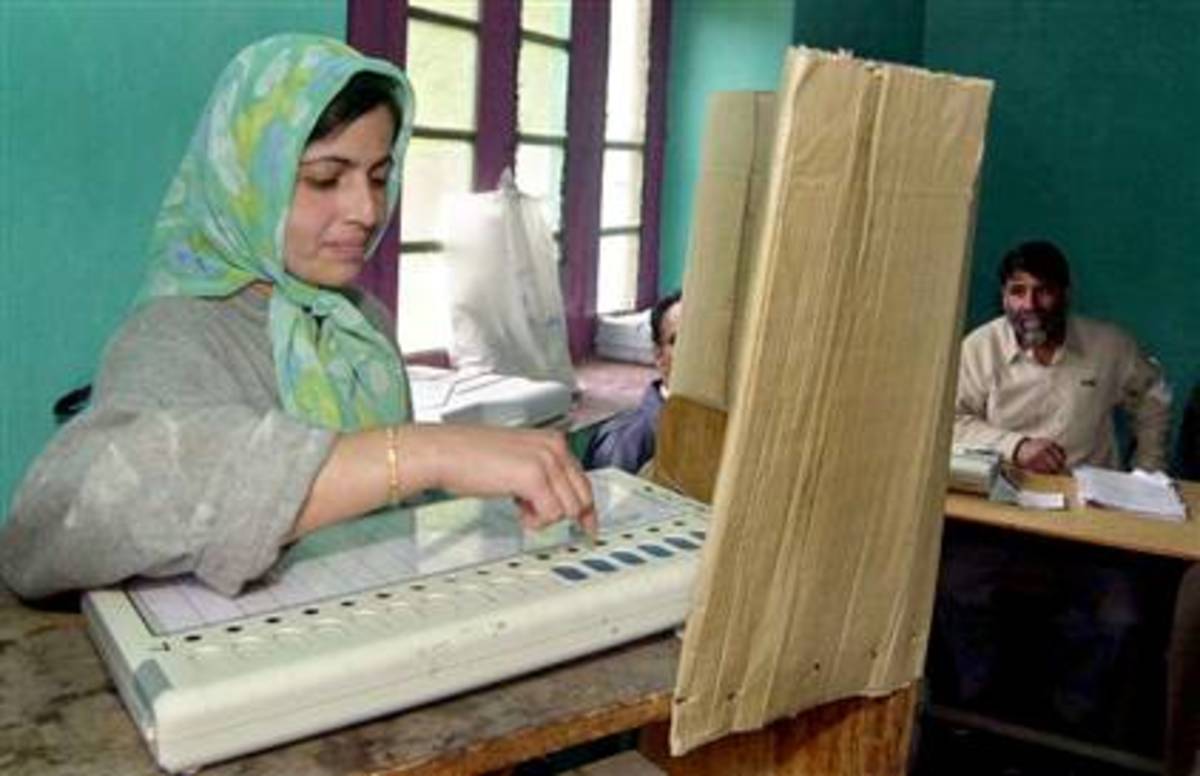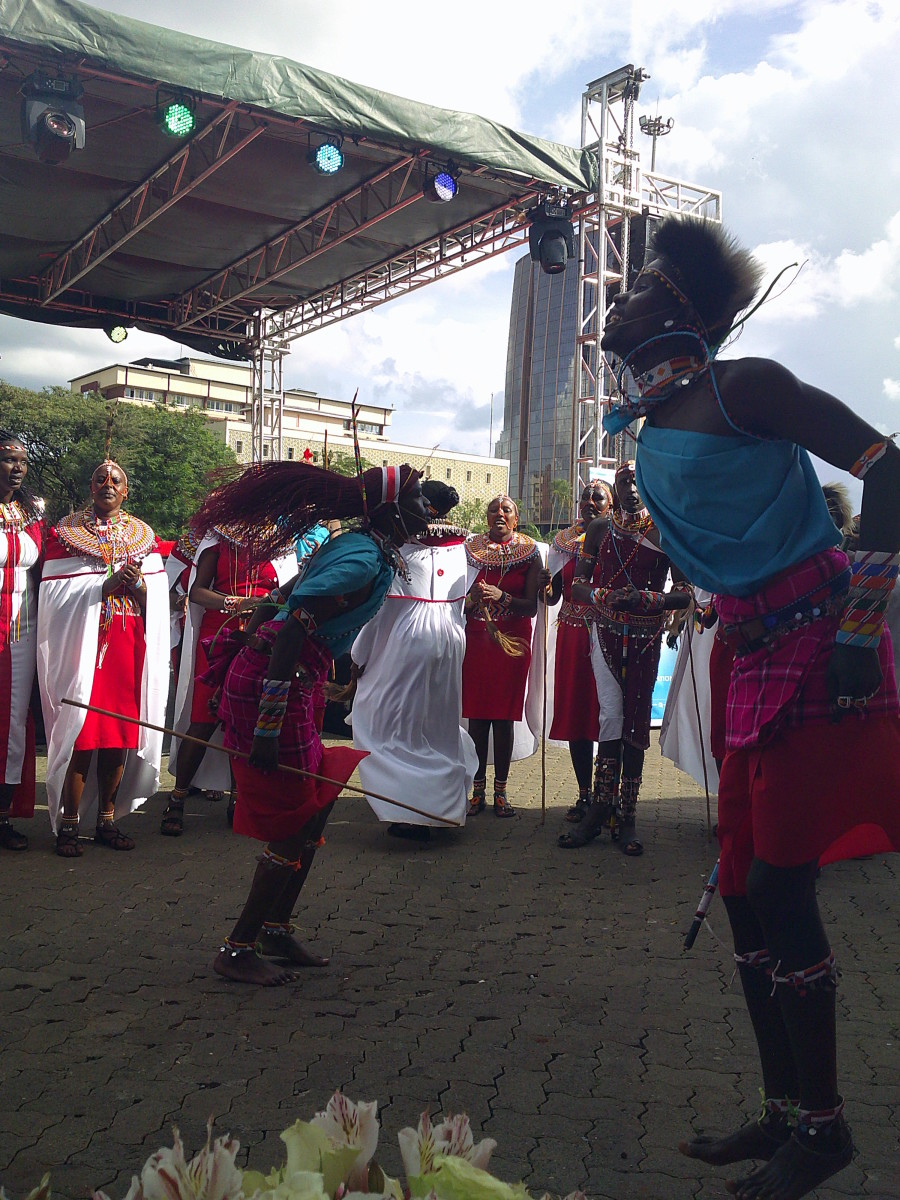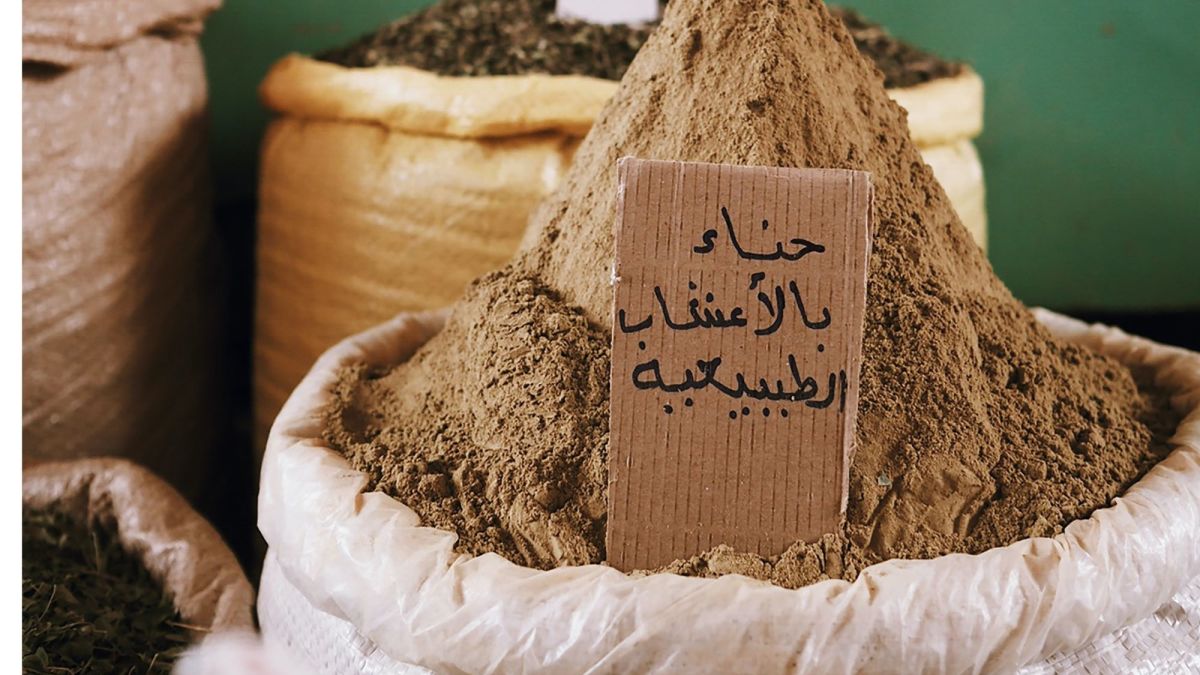7 Reasons why you should visit India!
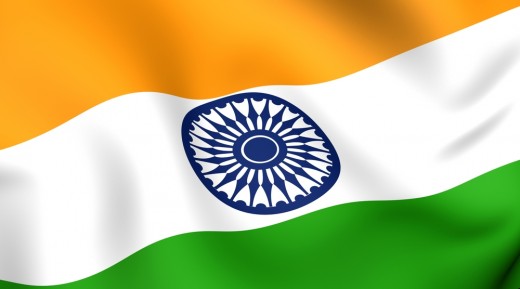
The Land of Diversity, Love and Spiritual Awakening.
The country is situated north of the equator, India is the 7th Largest country in the world!
We're the second most populated country in the world and slowly but gradually heading towards being the most populated country, Which is nothing to be proud of. We still have to take care of our poor before we can be proud of that. But that's another of many issues in our country. India is blessed in terms of resources and forest cover all throughout the country.
1. The Festivals
Holi, The Festival of Colors!

Holi is one of the coolest festivals in India, so cool that people all over the world are adopting the celebration. Especially being in Germany I noticed that many agencies had started making music fests centered around Holi. All of which turned out to be amazing!
Diwali
We love Diwali! I have celebrated 20 Diwalis up to this day and it never seizes to amaze, Being a Hindu, Getting a lot of new clothes, eating sweets and bursting firecrackers, Makes you feel like you're 12 years old again.
Something you can do with a Sparkler on Diwali

Among many of the festivals celebrated in our country, 2 of the most popular have been mentioned, there are various other festivals like, Ganesh Chaturthi .Ganesh is the beloved elephant-headed god, a favourite throughout India, and Ganesh Chaturthi is the festival that honours him. It runs for 11 days in late August or September, depending on the cycle of the moon. This year (2015) it starts on September 17.Similar to Durga Puja, images of Ganesh are made throughout the year and displayed during the 10-day festival. On the 11th day, called Anant Chaturdasi, the images are paraded through the streets, accompanied by singing and dancing, and finally immersed in the sea.
Many other Festivals too like, Onam and Pongal in Southern India. Each having it's own unique reasons and methods of spreading joy and smiles on everyone's faces.
2. Indian Cuisine is simply amazing!
Chicken Biriyani
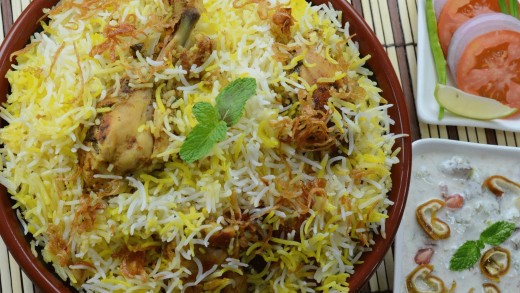
Simply irresistible and one of the best dishes in existence. Anyone interested in Indian dishes should try this fabulous meal at least once. Food in India is always said to be spicy but this is just a stereotype brought on by the more spicy dishes, most Indian dishes have a very balanced spicing and is very enticing!
Fish Fry
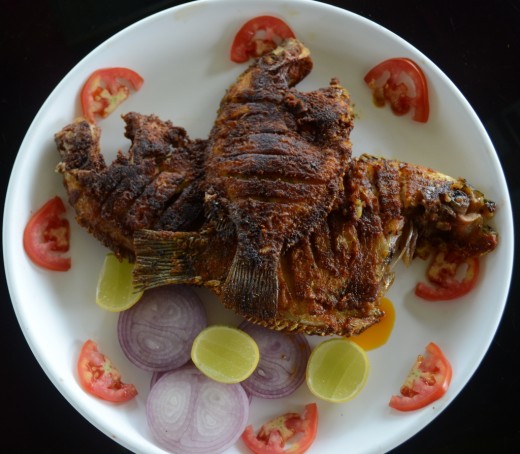
The list goes on and on. There are different kinds of cuisine brought on by different cultures from almost every state in our country! For example, The kind of dishes from South India tend to be very different, with the use of more coconut milk and other spices. With none better than the other and each with their own unique essence and aroma, it's an amazing experience for your taste-buds. In South India, being near the coast, the number of dishes with different kinds of Fish are endless!
3. Diversity of Faith, Culture and Traditions
The Golden Temple
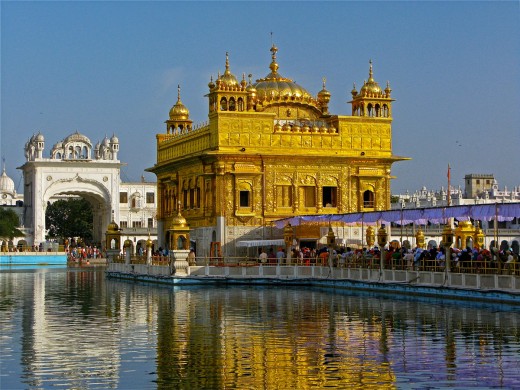
The culture of India is the way of living of the people of India. India's languages, religions, dance, music, architecture, food, and customs differ from place to place within the country. The Indian culture, often labeled as an amalgamation of several cultures, spans across the Indian subcontinent and has been influenced by a history that is several millennia old. Many elements of India's diverse cultures, such as Indian religions, Indian philosophy and Indian cuisine, have had a profound impact across the world.
India is the birthplace of Hinduism, Buddhism, Jainism and Sikhism, collectively known as Indian religions. Indian religions are a major form of world religions along with Abrahamic ones.India is one of the most religiously diverse nations in the world, with some of the most deeply religious societies and cultures. Many tribal religions, such as Sarnaism, are found in India, though these have been affected by major religions such as Hinduism, Buddhism, Islam and Christianity. Jainism, Zoroastrianism, Judaism, and the Bahá'í Faith are also influential but their numbers are smaller. Atheism and agnostics also have visible influence in India.
4. Yoga and Ayurveda started here.
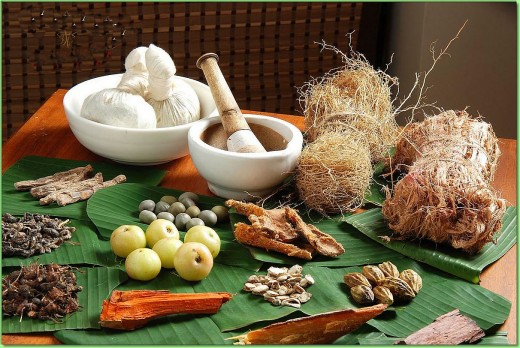
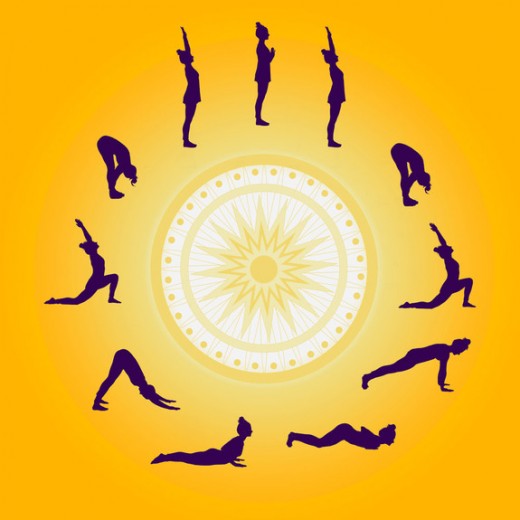
A healthy mind, means a healthy body. If yoga is an ancient science devoted to balancing the mind for the sake of self-realization and awareness, then Ayurveda is a sister science devoted to balancing the mind in relation to the body. Also many thousands of years old, Ayurveda was developed as a system for diagnosing imbalances in the body and mind in the form of illness, disease, and other symptoms of discomfort as well as treating those imbalances through the use of herbal medicine, treatments, and other natural remedies. Ayurveda teaches us to pursue spiritual growth by combining physical health with mental health.
Even today, there are several clinics that practice ayurvedic therapy for several problems, it is make your spine and bones go into it's original state, and remove any pain you may have.
5. India is Beautiful and Magnificent.
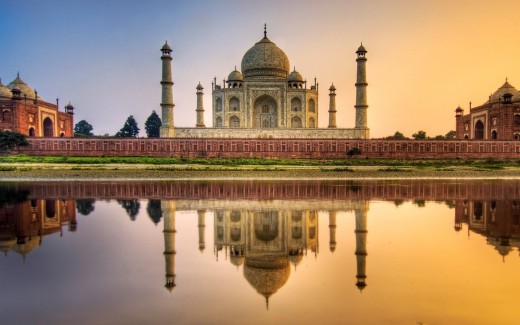
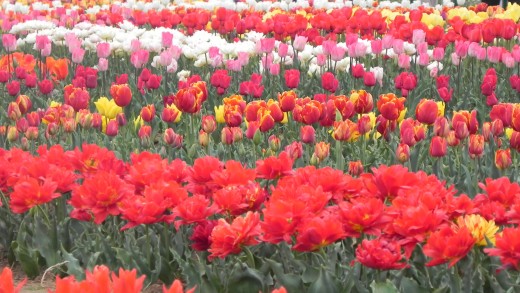
From North to South, India beholds plenty of amazing sights. The Taj Mahal is one of the most popular monuments known to man. As a symbol of love. Here are some facts that are not so well known!
- Mamtaz Mahal was married to another man who was killed by Shah Jahan so that he could marry her.
- Shah Jahan was married 7 times. Mamtaz Mahal was his 4th wife.
- Mamtaz Mahal was killed while delivering her 14th child.
- Shah Jahan married Mamtaz Mahal’s sister after her death.
- Shah Jahan was put to house arrest by his own son Aurangzeb.
- Shah Jahan’s sons fought a battle, called Battle of Samugarh, against each other for the crown.
One of the beaches in Southern India.
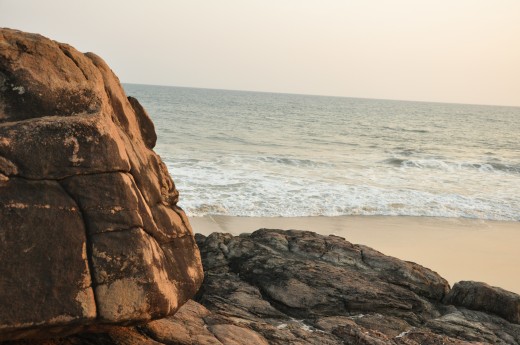
Kerala is a state on the tropical Malabar Coast of south-western India. Nicknamed as one of the "10 paradises of the world" by National Geographic, Kerala is famous especially for its Eco-tourism initiatives. Its unique culture and traditions, coupled with its varied demography, has made it one of the most popular tourist destinations in India. Growing at a very high rate, the tourism industry significantly contributes to the state's economy. Kerala is known for its tropical backwaters and pristine beaches such as Kovalam.
6. Mangoes. Yeah, that's right!
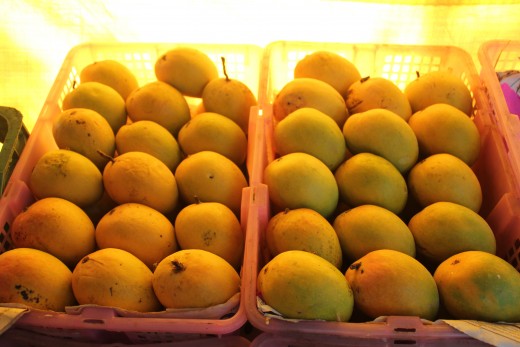
There are hundreds of different kinds of mangoes but a few varieties, such as the Alphonso, Kesar and Badami - all native to India - are different from the rest. The mango season only lasts a few weeks. To eat as many mangoes as possible in such a short time, the only option is to put mango into every dish you eat. That's why we make mango chutney, mango salads, mango kulfi (Indian ice cream), and mango lassi (a yoghurt drink). We dry mango, put it in curries, stuff it into bread. But best of all is the plain mango. The best ones have a heavy, sweet perfume and the flesh is a deep shade of orange. Alphonso mangoes have a unique quality - they're non-fibrous, very sweet and pulpy. You don't really eat other mangoes on their own, but biting into a raw Alphonso is a luxury.
Most Indian mangoes don't get exported because domestic demand is so high. Goes without saying though, the taste is just amazing.
7. Temples.
The symbolism and structure of a Hindu temple, are rooted in Vedic traditions. A temple incorporates all elements of Hindu cosmos - presenting the good, the evil and the human, as well as the elements of Hindu sense of cyclic time and the essence of life - symbolically presenting dharma, kama, artha, moksa and karma.The spiritual principles symbolically represented in Hindu temples are given in the ancient Sanskrit texts of India (for example, Vedas, Upanishads), while their structural rules are described in various ancient Sanskrit treatises on architecture (Brhat Samhita, Vastu Sastras). This History goes very deep and detailed into the teachings of the early Vedic times.
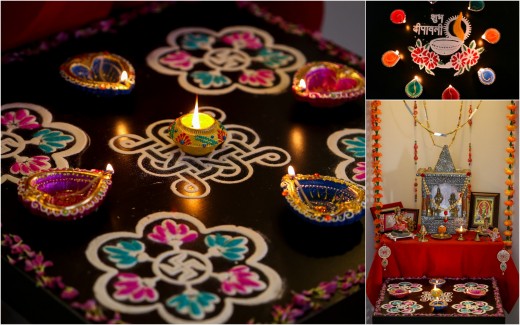
The entire nation consists of people of different beliefs and cultures. There is no categorization. We have to make peace and live together in harmony, this is achieved only through the high levels of patriotism, care and love for humanity. India as a whole needs to tackle a whole lot of problems, and being a developing nation, India will get there one day or another. As a rising superpower with highly successful space programs, by ISRO (Indian Space Research Organization). India is also providing scientifically to the human race as a whole. Starting with the Vedas, they're said to contain Scientific knowledge which was discovered only after many decades to be known to man. The Vedas contain powerful information like exact values of the speed of light at that time, this was impossible to calculate.
India's temples have a rich history and a lot of secrets and wealth behind them. We are yet to learn and understand more about our own culture.
Every part of the country has it's own smell, because of the incense sticks that everybody loves to burn. The smell of Jasmines and many other fragrances fill the evening air when you stroll through any Indian neighborhood. People in India, also light Diyas, which are smaller versions of candles of a kind, but works a bit differently. A lot of Diyas are also lit on Diwali.

